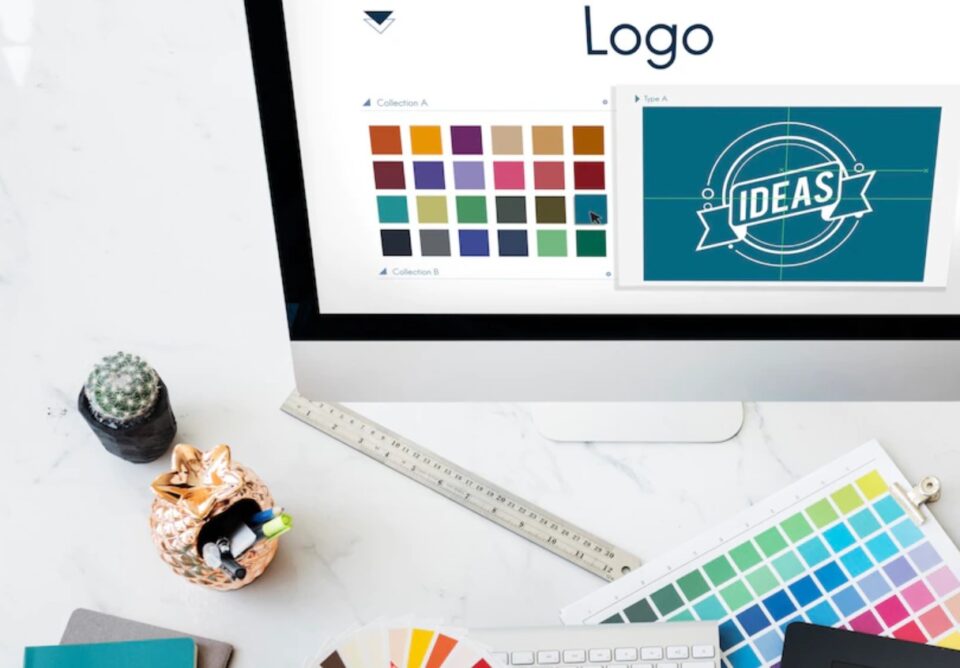The development of logos is in some ways similar to the skill of developing a banner or poster. The author needs to fit all the meaning and appeals into an unusual and bright format, not forgetting the style of the brand and its unique handwriting. To put a key idea into a significantly smaller and more accessible physical format is not an easy task.
After all, a high-quality logo must be both informative and simple, so that even small children can draw it with a stick in the sand. You can try creating your own logo in a free animated logo maker for your brand.
Here, we will analyze the tools, software, and features of graphic editors. And why should we reveal all our secrets? Instead, we will go all the way from the first ideas to the presentation and analyze popular mistakes. And let’s do it in such a way that everything will be accessible even to beginners.
Lots of Theory
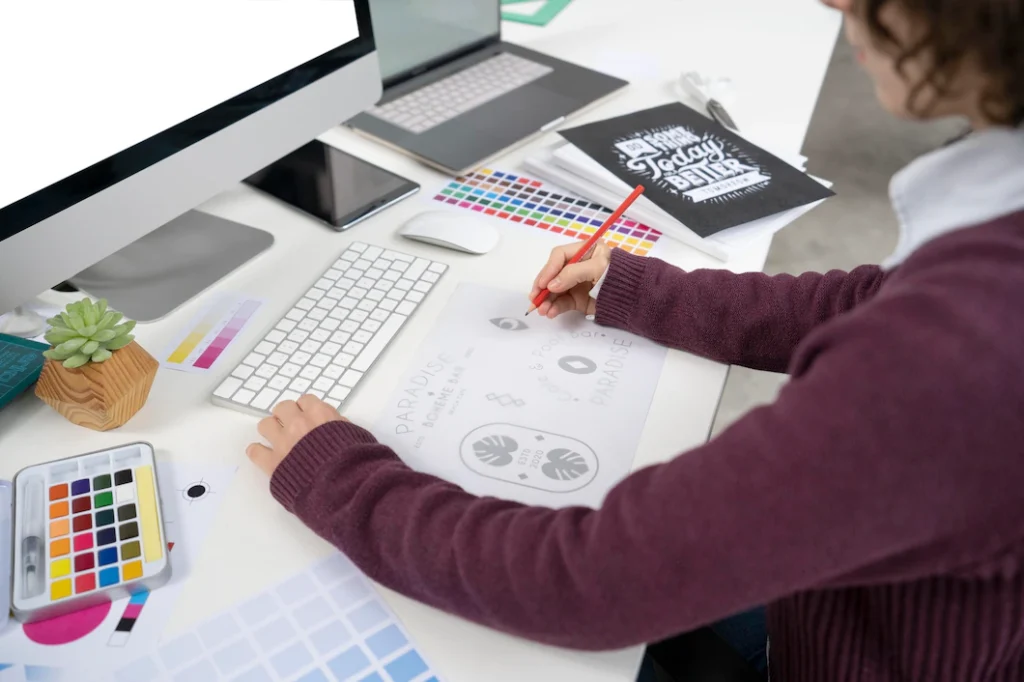
Before starting the development of the logo, you should communicate with the client and hear his general wishes. The client can simply say, “Invent everything from scratch.” Then, arrange a quick brainstorm, generate an idea, look for appropriate associations, and metaphors, and build logical series. There are cases when the logo should be stylish, without displaying specific semantic connections. Then, offer your author’s vision to the client, get confirmation, and start brainstorming again.
Only after the development of the idea do we proceed directly to the form and its technical implementation.
The power of a visual image is its message, not its form. This is similar to the Bauhaus dogmas, that is, the dominance of function over form. And the function is the same message that we must demonstrate in visual and figurative language. Thus, we give the client more than a beautiful picture. We are giving away an idea that can be implemented for a very long time. And this is more than the work of designers – it is the work of true designers.
We Play with Associations
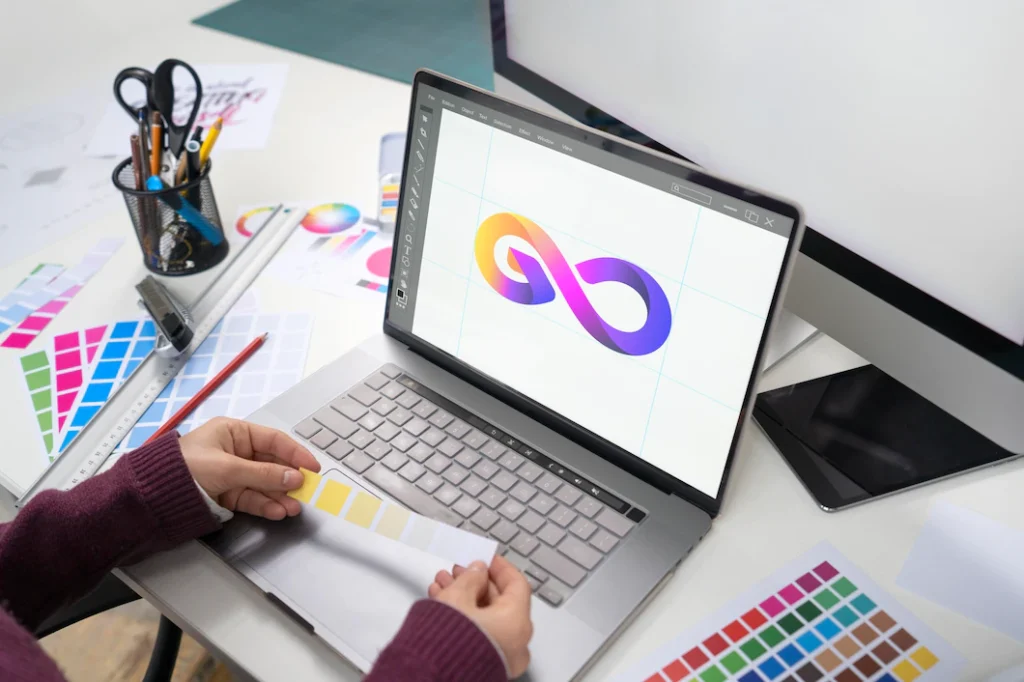
Let’s imagine that we need to create a logo that will visually indicate a brand, its audience, or market. First, we match the product niche and the direction of the company with specific visual symbols. For example, we need to design a logo for a coffee shop. So, you need to find a suitable shape – a coffee bean, a cup, a paper cup, or another sign related to coffee. We can dwell on the coffee bean: everyone is familiar with its physical parameters (shape, height, width, depth).
Then we try to depict this grain in different colors, compositions, and textures. We choose several of the most attractive options – this is the embodiment of our method.
The development of the logo is tested at different levels of the associative series. The first row is the simplest. For example, coffee is brown, bitter, and liquid. In the second row is a cup of coffee, a barista, or a coffee machine. The association of the third row is a cafe where the consumer enjoys his favorite drink.
Obvious Things Here Are to the Place
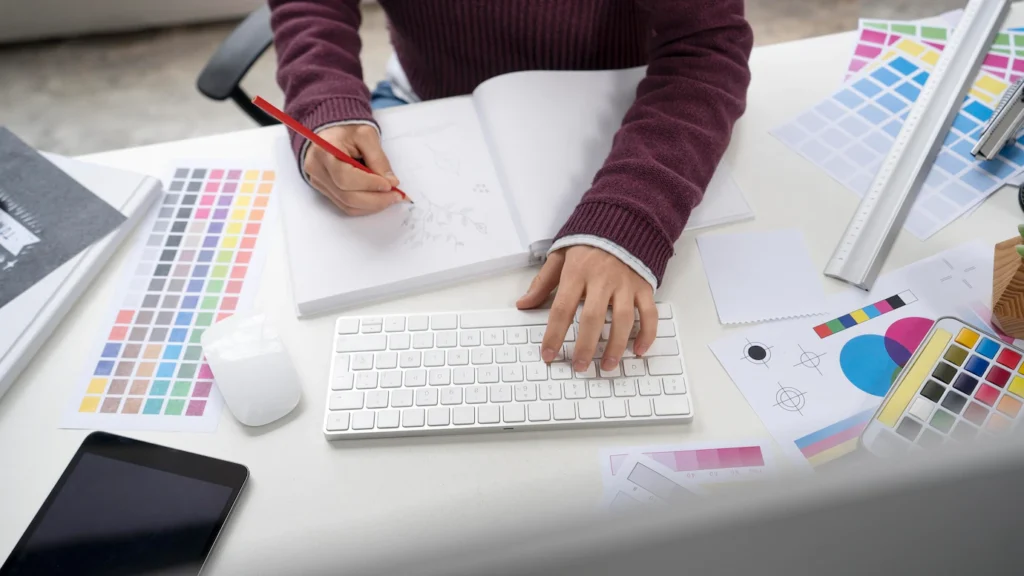
The purpose of the logo is to lure the viewer into a game of images. The best option is when, during the development process, we suddenly catch ourselves thinking: “How could we not think of it earlier? This is an unexpected, but such an obvious decision.” This wording probably best characterizes the work of good designers. Also, when developing a logo, we do not forget what the corporate style will look like. We put in the logo an element that forms the style of the company, and bang! Two hares are already lying dead.
The Form Is Very Important
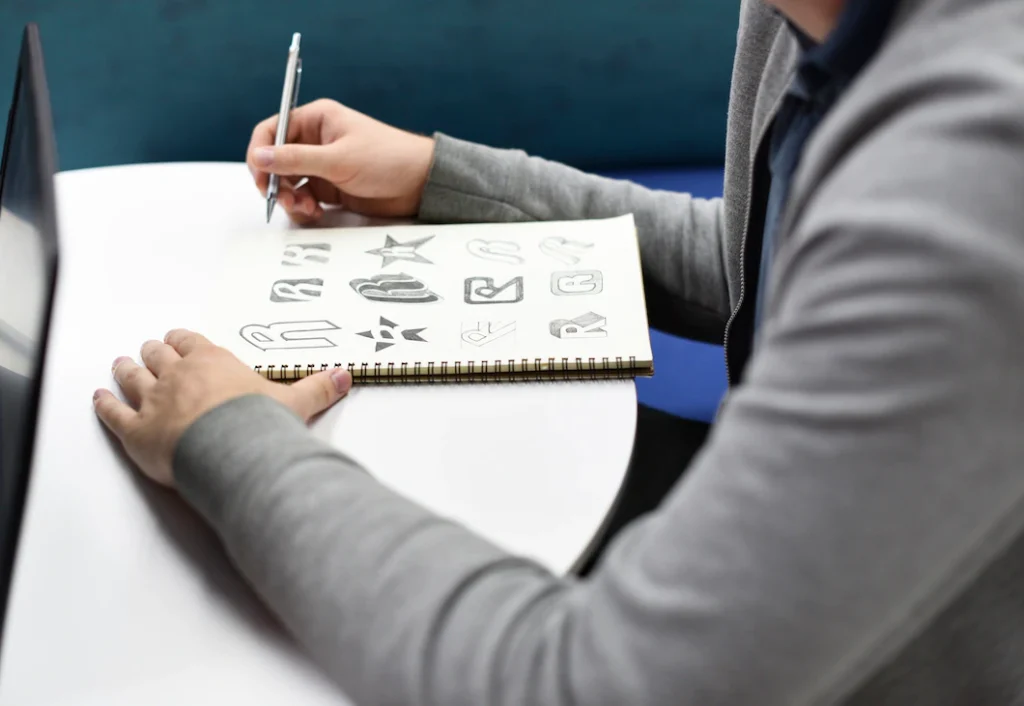
A good visual sign is a maximum result for which the minimum budget went. For example, if we can do without any square or dot and show the message as brightly as possible, this is the “golden mean”. And the form is decisive here because everything starts with it. The development of our logo begins with its black and white prototype in order to accumulate all the forces in the form. Only then do we work on the choice of colors and present the result to the client.
We Are Collecting a Mood Board
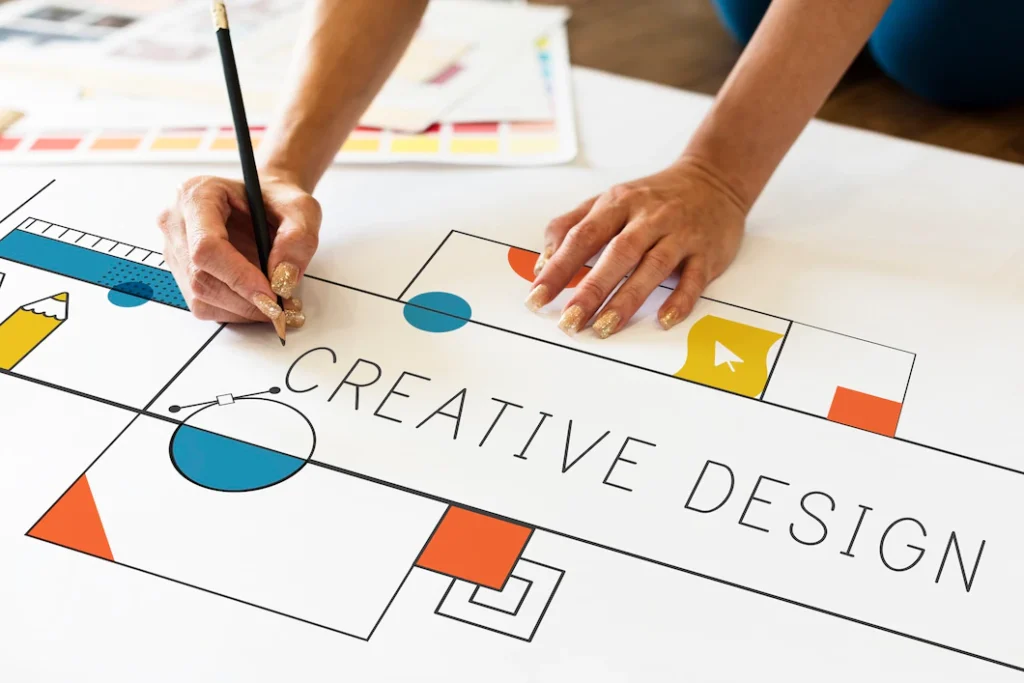
This is a visual presentation of our thoughts and imaginations. We collect material from printed pictures on a board near the workplace or compile images on Pinterest boards. But there is not enough space in the office for all the ideas, so we often use online services, for example, Realtimeboard. Here you can share materials, discuss them and organize team interaction. Thus, cementing the images in our minds, we reproduce them directly in our work.
Then a little more work and several variants of the logo are collected in a presentation for the client. It is important not to use dry language and to reinforce the visual image with words, to tell what led us to such an idea, why we made such a decision, and what inspired us. This helps not only to qualitatively show the flow of thoughts but also not to forget one important detail. The same one that can suddenly turn the whole vision upside down and make the logo simply wow!
A Simple Formula for a Bright Logo
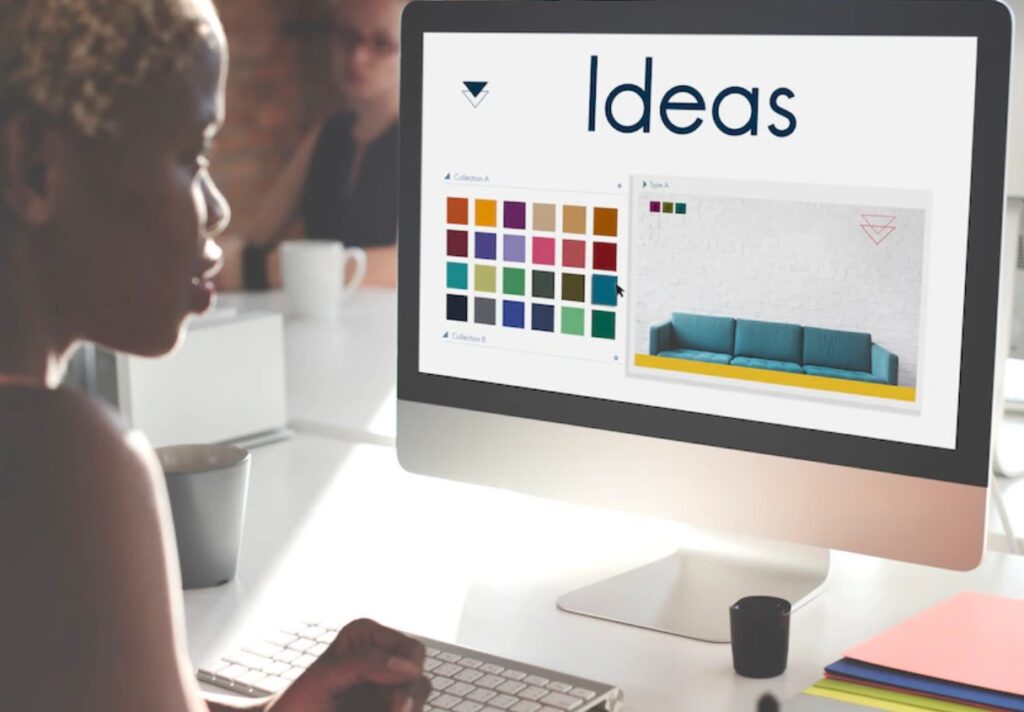
We simply summarize everything that we managed to tell. When starting the development of the logo, we:
• listen to the client and know exactly what he wants;
• define and design association levels;
• develop a mood board or map of thoughts;
• put the message a little above the form;
• convey the image through an unexpected but obvious metaphor.
We hope our tips will help you design a strong logo that will stay deep in the consumer’s mind. We adhere to the opinion that “songs are not sung, poems are not written” and we believe that despite numerous established images and forms, it is always possible to develop something completely new, breakthrough, and attractive.

